For decades, underdevelopment was no accident — it was strategy. Institutions were systematically dismantled:PWD (Public Works Department) — once the backbone of road and bridge maintenance was drained.
By The Independentistw editorial desk
Introduction
What began as a Francophone-led, French-inspired strategy to underdevelop Ambazonia has boomeranged. The very tactics that starved the Southern Cameroons of investment, hollowed out its institutions, and maintained dependency are now dismantling La République du Cameroun (LRC) itself, while shrinking France’s leverage across Africa.
As the saying goes: “LRC bit the finger that fed it, and France severed the hands that prepared the meal.”
Underdevelopment as Policy
For decades, underdevelopment was no accident — it was strategy. Institutions were systematically dismantled:
PWD (Public Works Department) — once the backbone of road and bridge maintenance.
Powercam — a functioning power utility, destroyed and replaced with ENEO’s chronic blackouts.
Yoke industrial complex — left to rot.
Cameroon Bank — liquidated, robbing the people of indigenous finance.
Cameroon Society of Engineers — silenced to end technical independence.
Cameroon Air Transport, Victoria seaport, Tiko seaport and airport — choked to halt regional trade.
Bali and Nkwen airstrips — closed, cutting off local connectivity.
MIDENO and WADA — once vibrant development agencies, abandoned.
The list is long, and deliberate. As the Food and Agriculture Organization (FAO) once cited, Paul Biya himself reportedly said: “if people are left in poverty, governance is made easy.” That chilling philosophy guided policy.
Meanwhile, Francophone elites — trained in Paris at the Sorbonne like Biya or in Lille like Kamto — learned nothing of governance. Their only skill lies in polishing French accents, memorizing 5,000-word conjugations of irregular verbs, and holidaying in France — chez nous!
Roads That Became Rivers
The collapse is visible. Roads in Ambazonia have become rivers, swamps, and death traps. A French observer noted that at least ten people die every month in LRC road accidents — the cost of bad design, no driver training, and no transportation strategy. Neglect was never oversight; it was a model.
Tourists and the “Middle Ages” Image
Today, tourists crossing into Cameroon from Gabon, Nigeria, Chad, or the Central African Republic are met not with hospitality but with chaos: collapsed highways, dark cities, shuttered seaports, and unsafe airports.
Instead of culture and exchange, they find regression. Their stories tell of a nation literally moving back into the Middle Ages — a place where travel is perilous, markets unsafe, and infrastructure a ruin.
Blowback Against France and LRC
The same policies that throttled Ambazonia are now choking LRC and shrinking France’s imperial reach. Starved maintenance, rent-seeking contracts, and politicized neglect have hollowed out resilience. Across Africa, France’s leverage is waning — its empire looks less like an ally and more like an anchor.
Human Cost and the Alternative
Beneath geopolitics lies the human ledger: preventable deaths, crops that never reach market, children who walk hours because roads have collapsed, patients who die in ambulances that never arrive.
Ambazonia cannot mirror this neglect. Its path must be builder’s politics: community-based maintenance, decentralized utilities, transparent budgeting, and infrastructure designed to last. Roads must connect opportunity, not calamity. Power must enable productivity, not patronage.
Pull-Quotes
“Neglect isn’t neutral — it compounds. What starved Ambazonia now starves the state that imposed it.”
“Tourists crossing Cameroon find not a country but a time machine back to the Middle Ages.”
“Ten killed each month on the roads: neglect was never a mistake, it was a model.”
“Francophone elites polish their accents while their roads, ports, and airports collapse.”
“LRC bit the finger that fed it, and France severed the hands that prepared the meal.”
By The Independentistw editorial desk







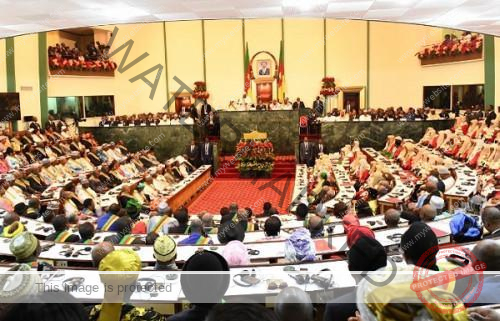





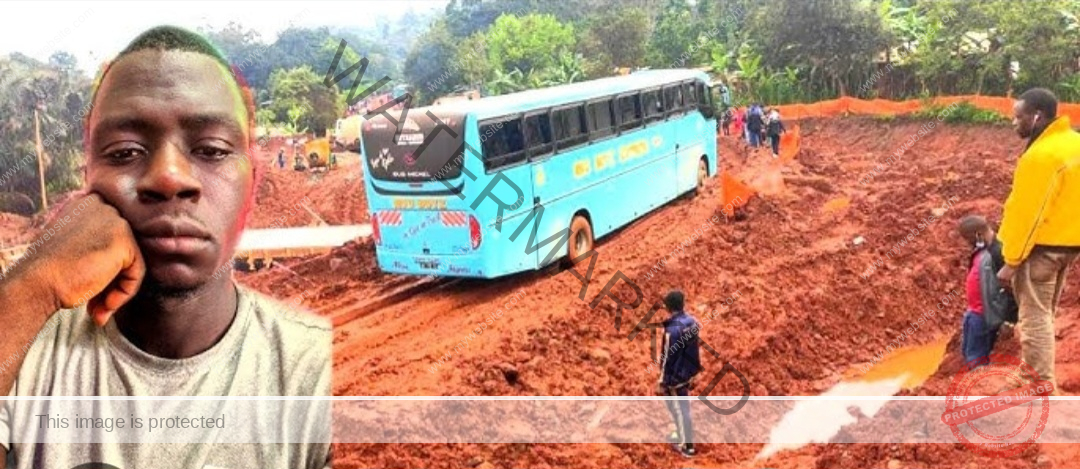
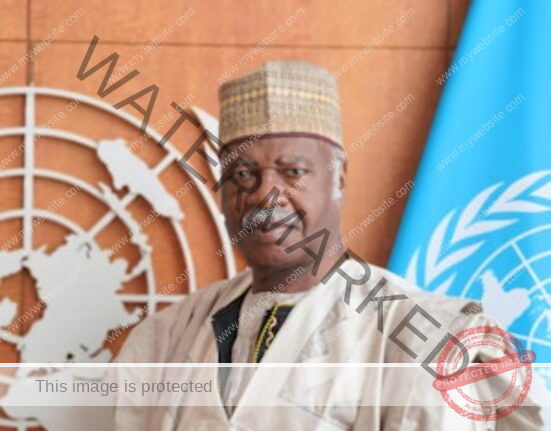


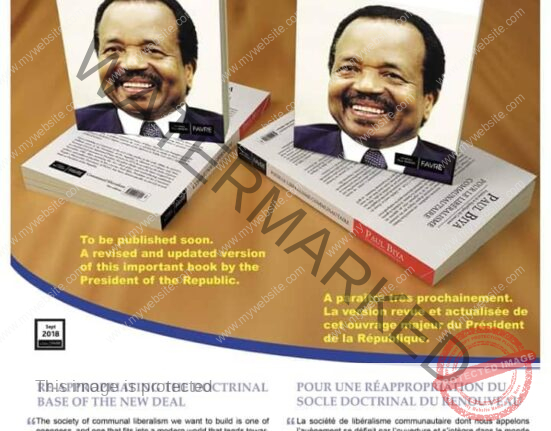

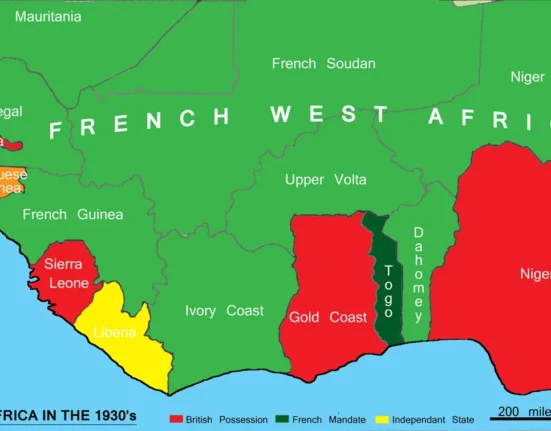

Leave feedback about this